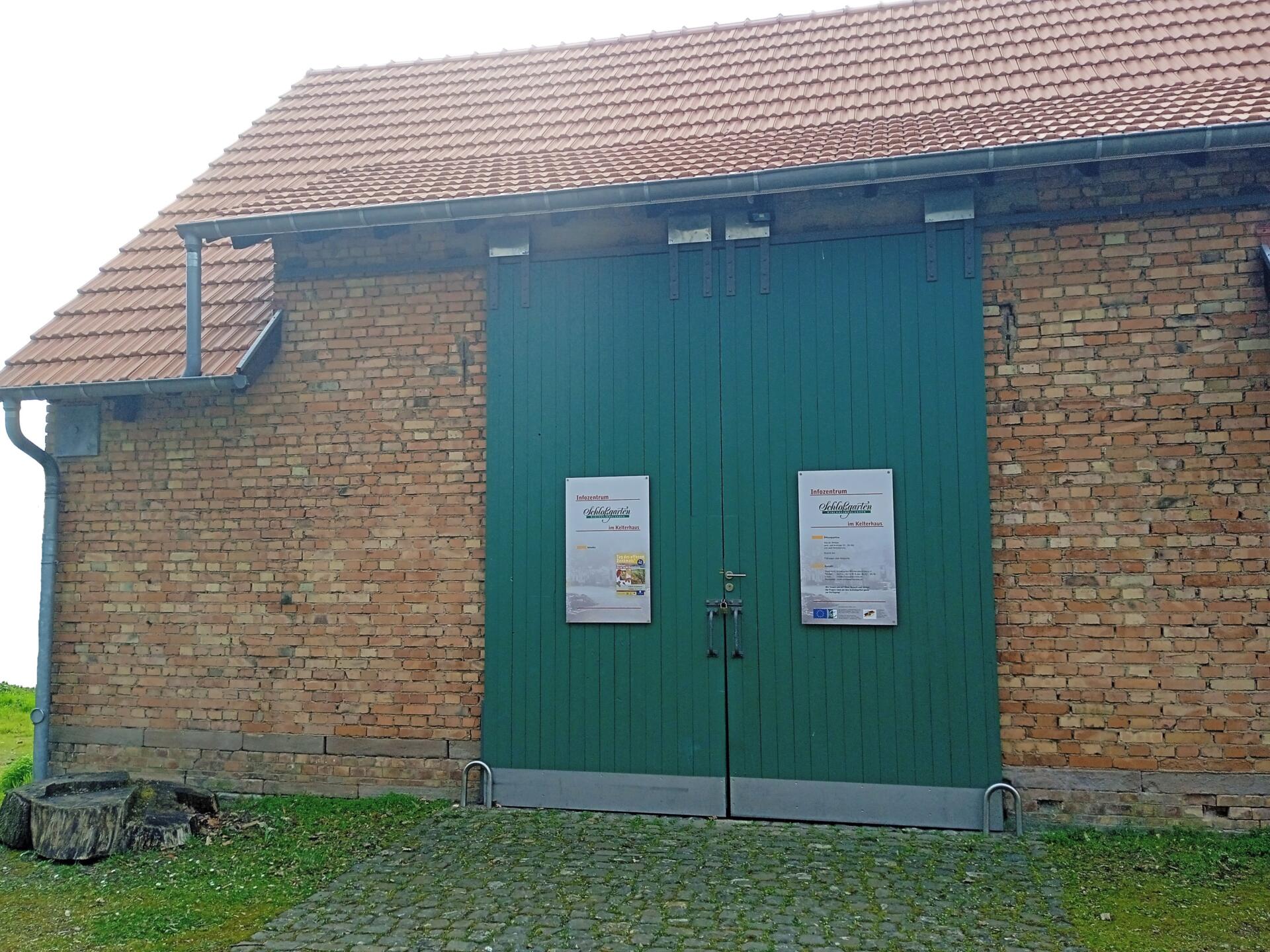Castle garden
From princely to bourgeois gardens
The contrast between the princely baroque garden and the later redesign of the palace garden could hardly be greater.
A plan from 1759 shows a garden laid out according to strict, geometric rules in the spirit of the French ideal of symmetry and order, in order to unfold nature in its true beauty with the help of art.
But Jean-Jacques Rousseau countered this in 1761: Nature plants nothing according to a string. In this “new” sense, English horticulture followed the design idea of imitating the diversity of nature in all its beautiful irregularity. The sensation of beauty – understood as “sublimity” (the sublime) and “picturesque” (the painterly) – was thus to be combined with pleasurable recreation. Accordingly, the “conversion” of the palace garden into an English garden began in the late princely period of Kirchheimboland.
Today’s garden design can be traced back primarily to the collaboration between the garden owner Heinrich von Brunck and the Frankfurt garden artist Philipp Siesmayer at the end of the 19th century.
The palace garden is thus one of over one hundred gardens and parks still in existence thanks to this horticultural company, which was founded in Frankfurt-Bockenheim between 1842 and 1932.
The landscape garden of the 19th century is thus a counter-design to the princely pleasure garden of the 18th century.
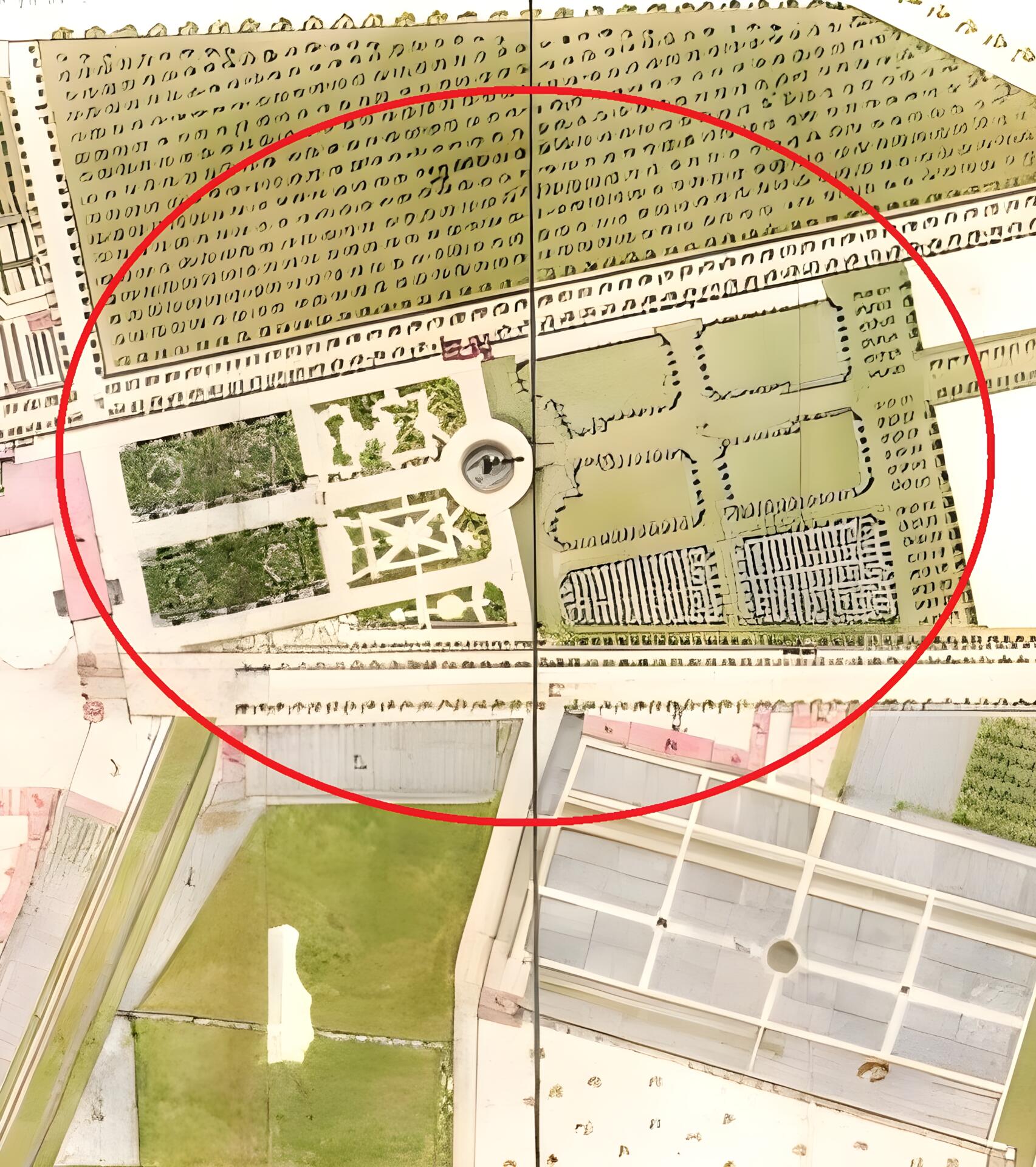
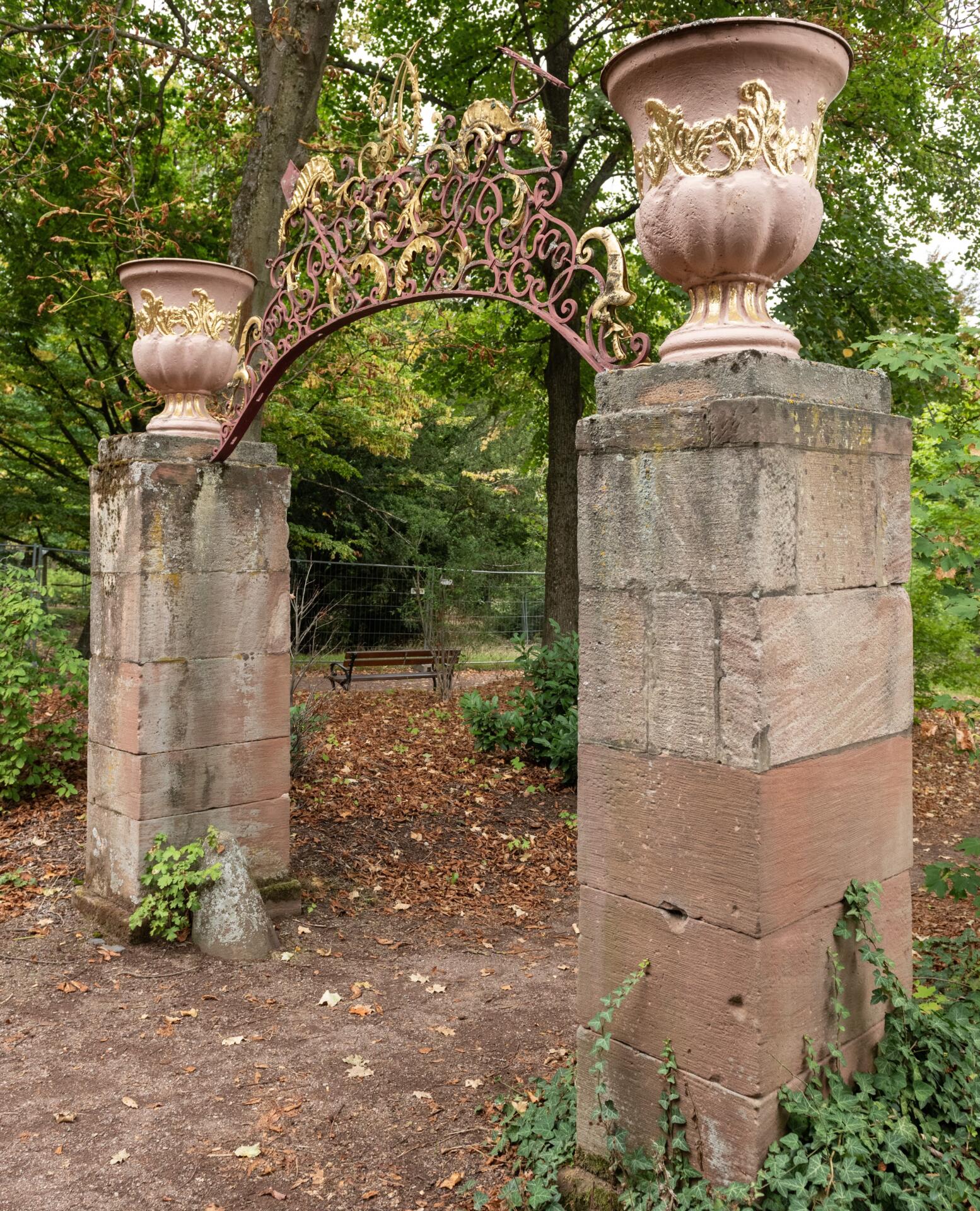
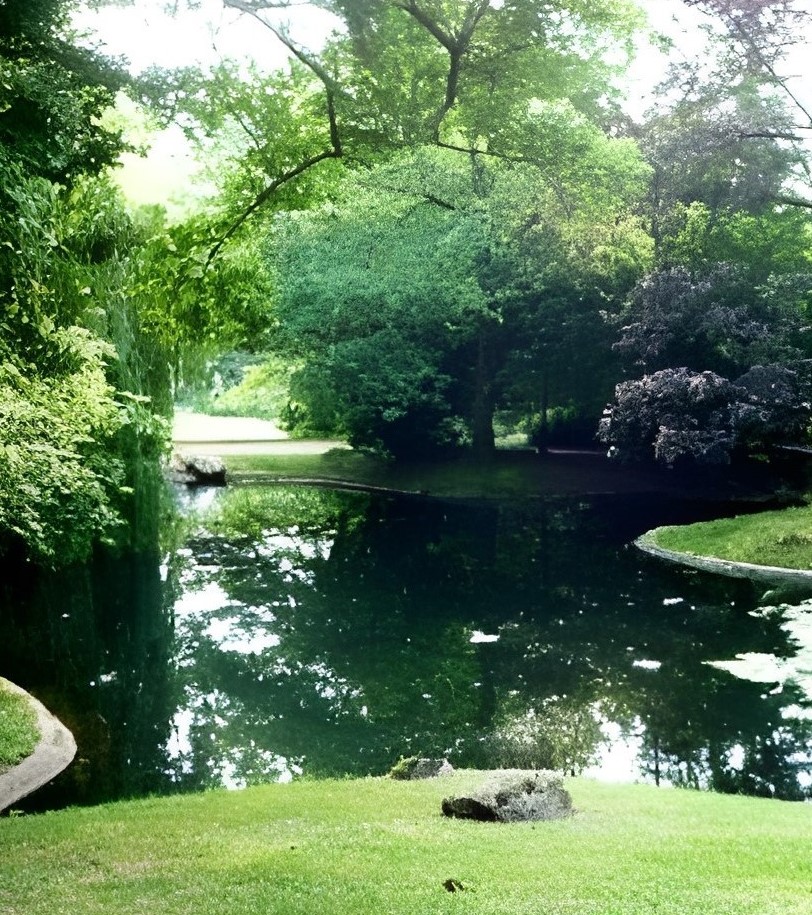
Heinrich von Brunck
Privy Councillor of Commerce Dr. Heinrich von Brunck (1847-1911), who came from a farming family in Winterborn (14 km northwest of Kirchheimbolanden), joined BASF Ludwigshafen after studying chemistry in Bonn under August Kekulé. He headed the Supervisory Board from 1901-11.
He remains associated with Kirchheimbolanden above all through the castle garden, whose current stock of old trees is largely thanks to him. However, the villa he had built in the northern part of the castle garden grounds no longer exists. However, the museum in the city palace [Standort 28] still gives an impression. One of the stained glass windows typical of the imperial era, which Heinrich von Brunck and Carl Glaser donated for St. Paul’s Church [Standort 30], is also on display there. However, they were replaced in the course of the church renovation completed in 1966 to restore the original historical appearance of the room.
Heinrich von Brunck is buried in the palace garden. His grave is located in the eastern part of the garden.
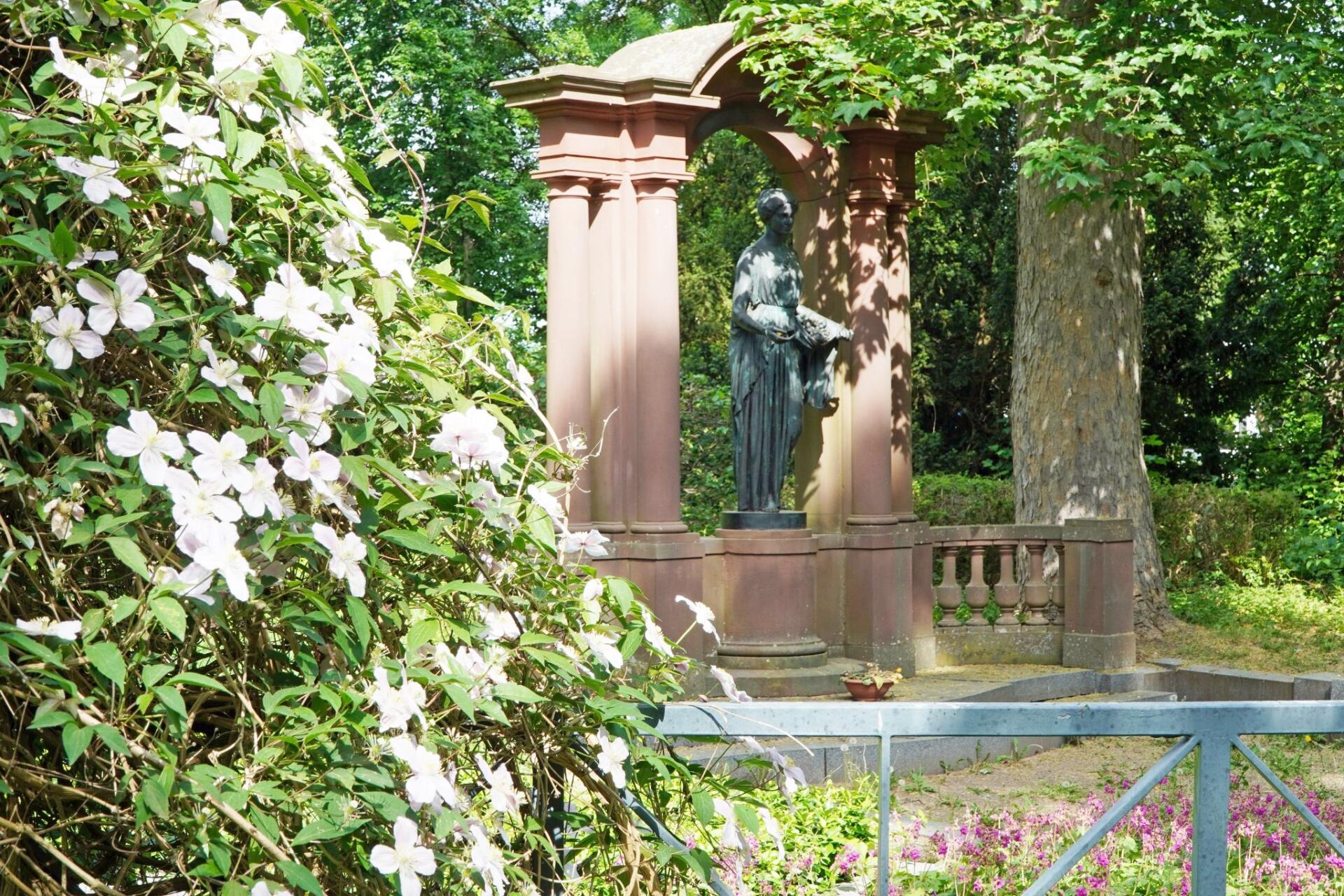
Levy goal
The approximately 500 m “Lange Bahn”, the central axis of the extensive garden grounds between Neumayerstraße and Dr.-Edeltraud-Sießl-Allee, is closed off to the east by the Levy Gate. It was built in 1888 in neo-baroque style to a design by Ludwig Levy (1854-1907, Karlsruhe). It was executed by the Frankfurt blacksmith Franz Brechenmacher. Both were well-known names in the imperial era: Levy planned the synagogues in Kaiserslautern, Strasbourg and also Winnweiler (all of which were destroyed in 1938), among others. Brechenmacher stood out above all for his wrought-iron gates (for example to the Villa Dacqué in Neustadt a.d.W. or at the 1893 World’s Fair in Chicago).
However, the Levy Gate is also associated with the Brunck family, who owned the castle at the time: Ulrich Brunck (1833-1906), a member of the Reichstag from 1890-98 and mayor of Kirchheimbolanden in 1905/06, and Heinrich von Brunck (1847-1911). Both were honorary citizens of the town.
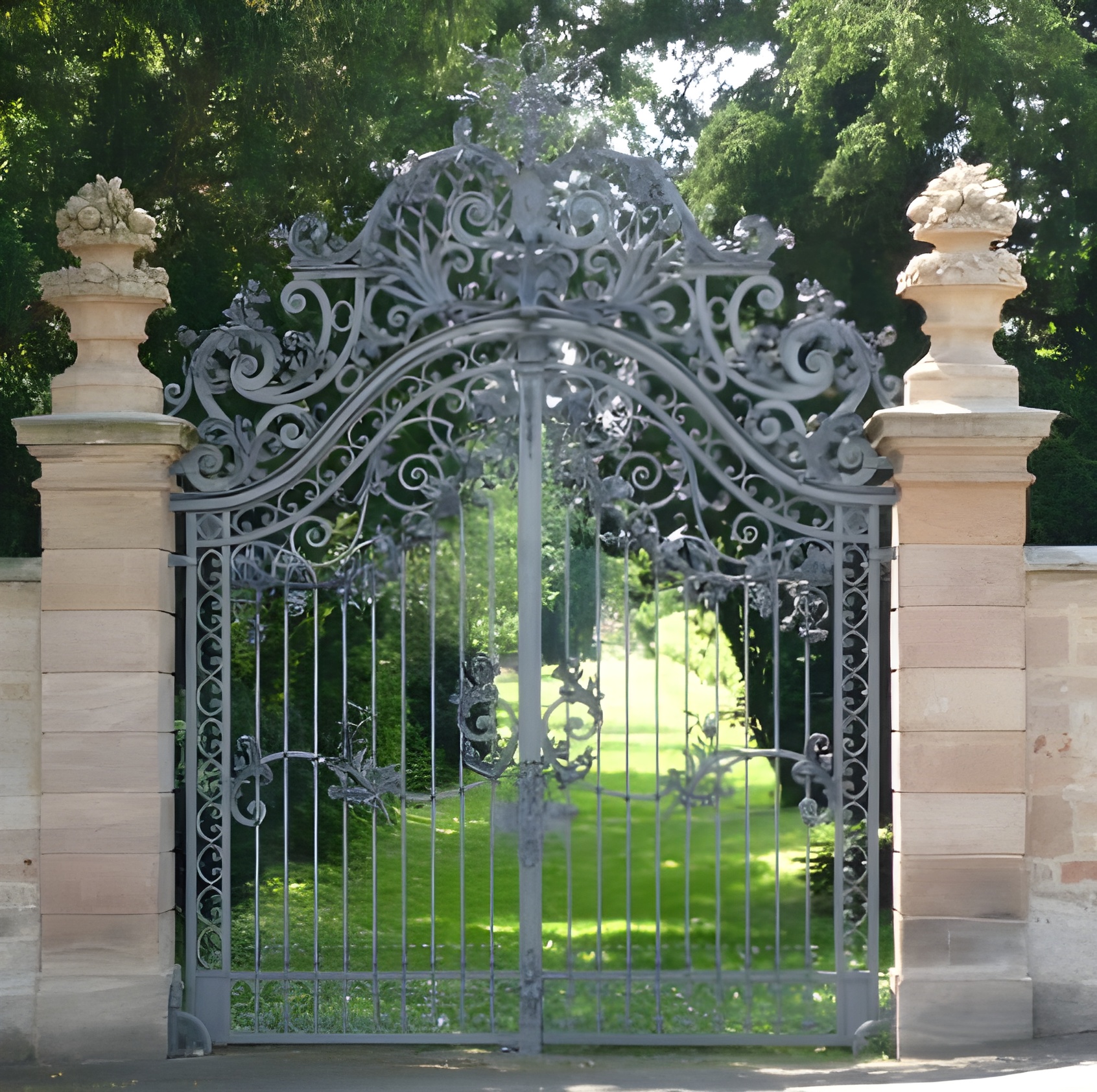
Castle Garden Information Center
Since 2012, an information center set up and run by the Förderkreis Schloßgarten has been providing information about the Kirchheimbolanden castle garden in the “Kelternhaus”. The focus is on the history and botany of the park.
The castle garden information center in the Kelternhaus is open on Sundays and public holidays from 1:00 to 4:00 p.m. and by appointment from May to October.
(The name “Kelternhaus” refers to the fact that the approx. 2.3-hectare vineyard “Kirchheimbolander Schloßgarten” borders the park to the north
